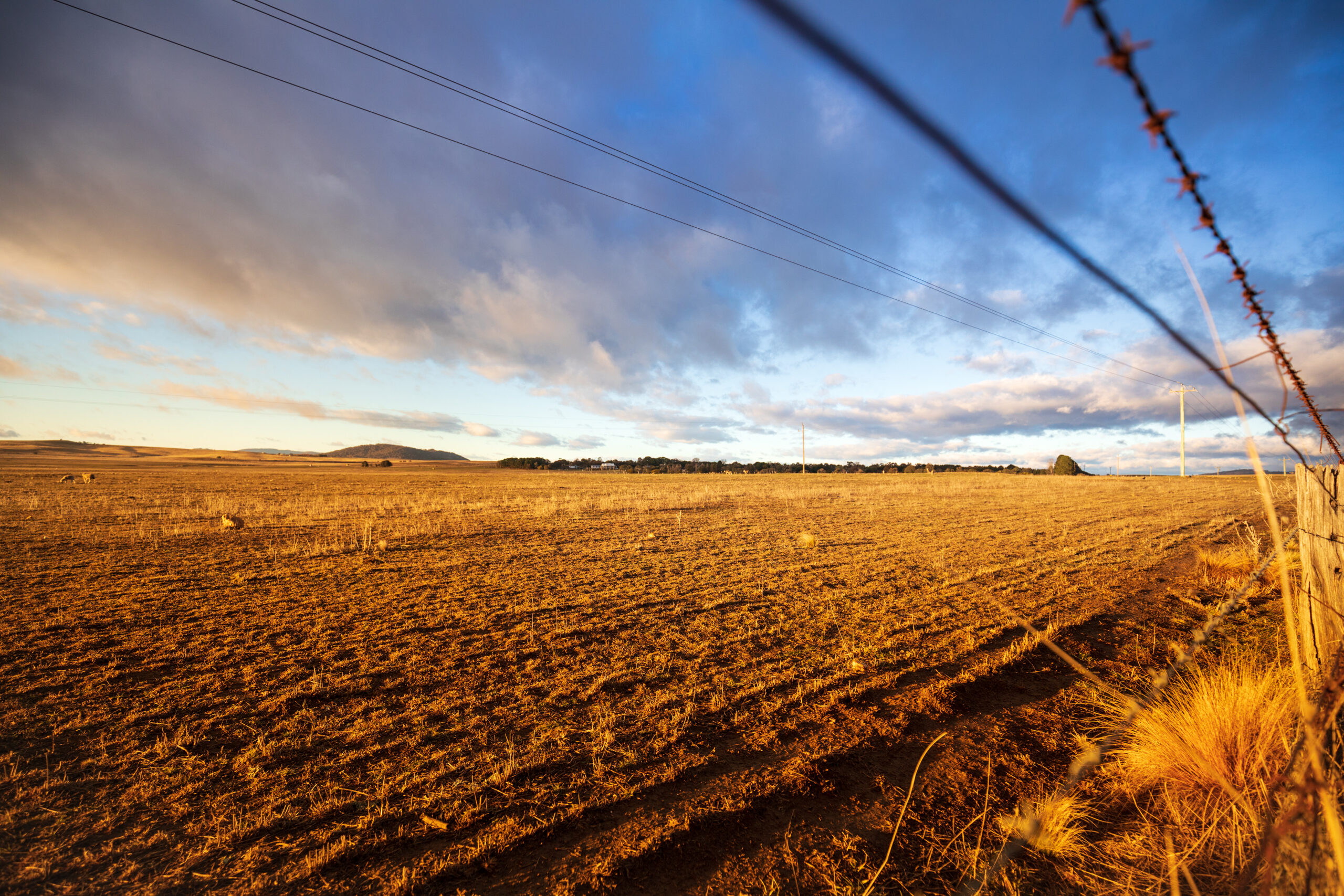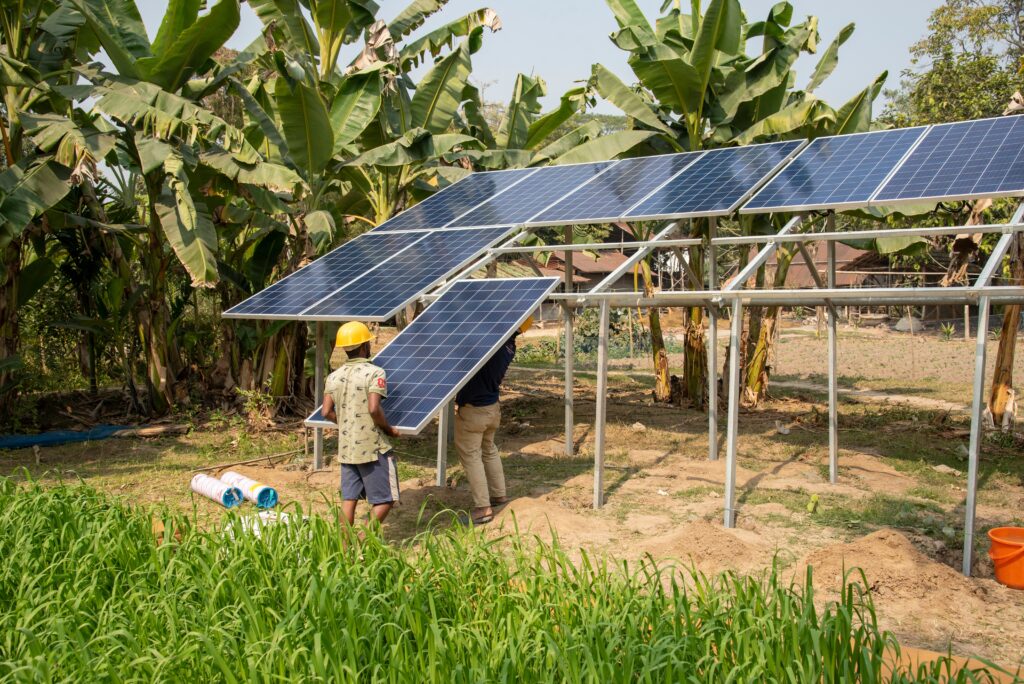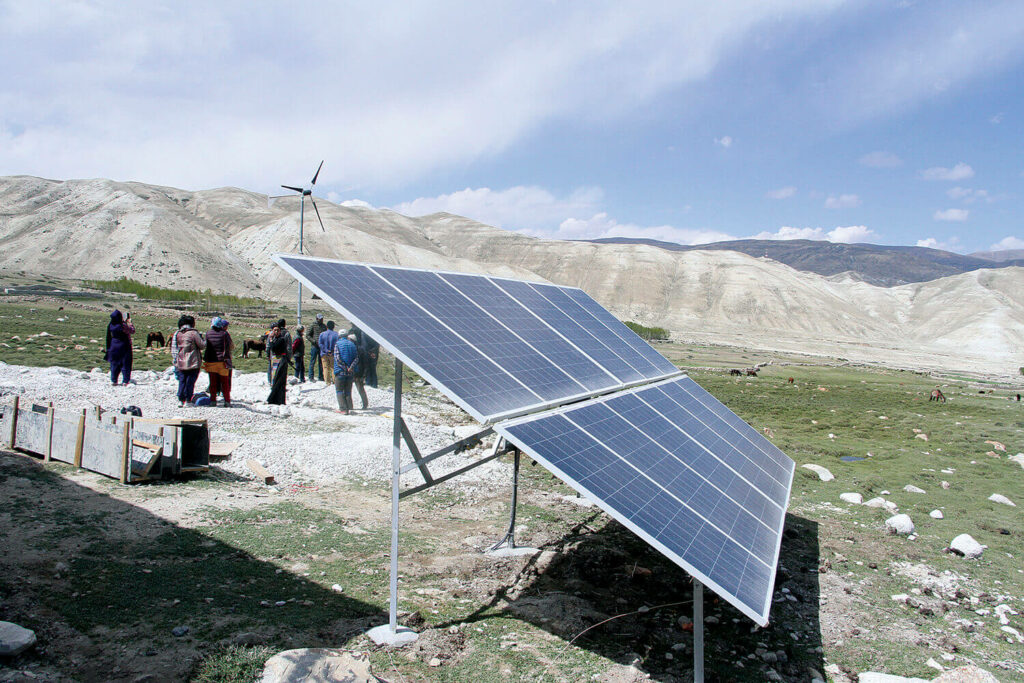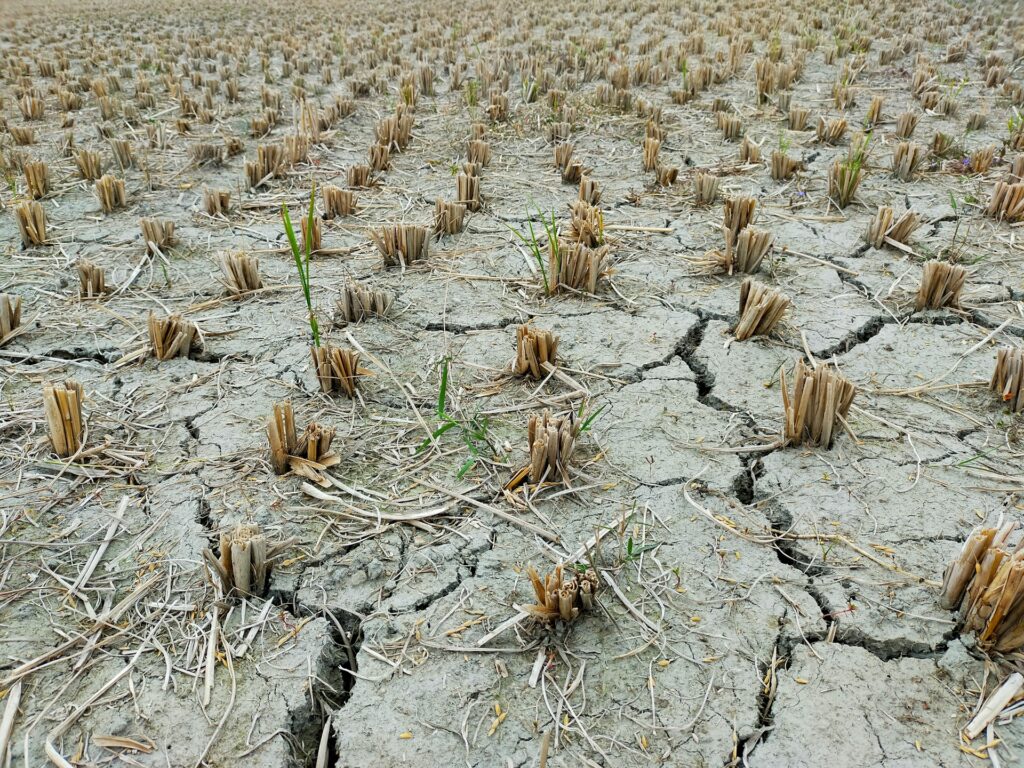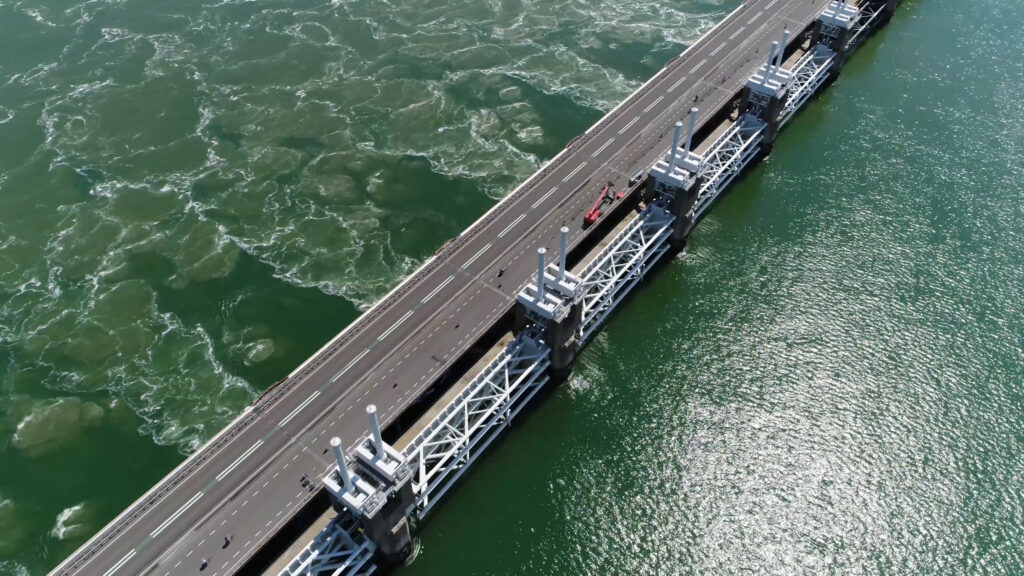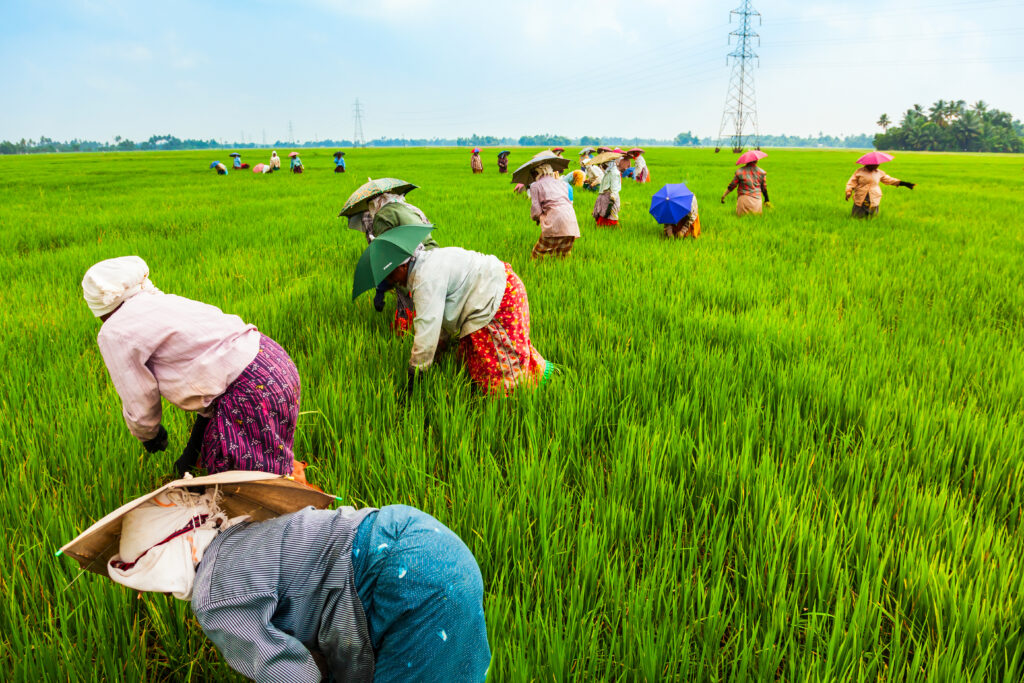In recent years, recurring droughts in Australia have taken a severe toll on its croplands and river ecosystems. They have fuelled dust storms and bushfires, driven land degradation and threatened food and water security. Additionally, they have led to psychological distress among people in remote and rural communities.
The economic cost of these droughts in Australia has been significant. Australia’s Climate Council estimates that droughts have reduced the country’s Gross Domestic Product (GDP) by around 1%. In the future, it predicts that increasing drought frequency and impact may reduce the GDP by 1% every year.
Worst Droughts in Australia
As the driest inhabited country in the world, Australia has always been prone to droughts. One of the worst was the Millennium Drought from 2001 to 2009. It affected most of southern Australia and crippled one of its most productive agricultural areas, the Murray-Darling Basin.
Known as the nation’s “food bowl”, the Murray-Darling Basin provides one-third of Australia’s food supply and supports 7,300 agriculture businesses. However, the basin is shrinking and faces a dramatically drier future. By 2050, climate change could slash its agricultural output by half.
The impacts of the Millennium Drought were unprecedented. Over that decade, agricultural productivity fell by 18%, and cities enforced water restrictions. As the crisis worsened, state governments of South Australia had to build pipelines and desalination plants to deliver drinking water to communities. The decade-long dry spell ended with a La Niña event in 2010 that brought heavy rainfall and large‐scale flooding.
Drought in Australia: Facts and Causes
From 2017 to 2019, severe drought again struck Southeast Australia, hitting New South Wales (NSW) and southern Queensland the hardest. As the driest and hottest three-year period since 1911, it devastated ranches, farms and swaths of arable land.
Farm production fell by 12% in the first two years and a further 5% in the third year. For a country that exports around 72% of its agricultural production, droughts severely impact Australia’s economy.
In 2020, the most feared scenario occurred when Stanthorpe in southern Queensland completely ran out of water. Every day for 15 months, the state government carted in truckloads of water for the rural town’s 5,000 residents at the cost of AUD 10 million (USD 6.3 million). Another 55 towns in the region were at the same risk.
New South Wales and Northern Victoria
Australia has a very low annual average rainfall, and drought hits all parts of the country. Some regions are at greater risk of drought, such as central New South Wales and northern Victoria.
The last three years, however, were anything but dry. Over this period, major floods affected eastern Australia, partly due to a rare multi-year La Niña weather event. The floods damaged 8.1% and 2.9% of cropping land in NSW and Victoria, respectively.
Droughts in Australia 2023
What is the likelihood of droughts in Australia after three wet years? According to the latest forecasts, drier conditions will return in 2023-24.
The Bureau of Meteorology reported that September rainfall across the country was 70.8% below the 1961–1990 average. It also confirmed that an El Niño event and a positive Indian Ocean Dipole (IOD) were underway in Australia. This El Niño could last until at least February 2024.
“When a positive IOD and El Niño occur together, their drying effect is typically stronger and more widespread across Australia,” the Bureau of Meteorology said. The announcement came as parts of Australia experienced temperatures as much as 18°C above the average.
El Niño can intensify heat waves and trigger droughts across Australia, especially on the eastern side. A positive IOD typically reduces spring rainfall for central and southeast Australia.
Drier conditions from these two events will likely lead to reduced crop yields. As a result, agricultural production could fall by 14% to AUD 80 billion (USD 50.7 billion) in 2023–24.
How Often Do Droughts Occur in Australia?
Widespread drought does not occur with every El Niño. However, the weather event has been linked to some of the country’s toughest droughts. Nine of the 10 driest winter-spring periods on record for eastern Australia occurred during El Niño years.
“Climate change – driven by the burning of coal, oil and gas – is supercharging the impacts of El Niño events, and is likely also increasing the frequency of strong El Niño events,” Simon Bradshaw, research director at Climate Council, said.
“The prospect of both a powerful El Niño and a positive IOD, against the backdrop of a warming planet, is another urgent call for faster action to move beyond fossil fuels and get emissions plummeting.”
Drought Resilience in Australia
Australia has taken many steps to tackle drought vulnerability. The government has invested AUD 100 million annually since 2020 to strengthen drought resilience and preparedness. The amount is part of its AUD 5 billion Future Drought Fund, which has allocated AUD 420 million to various programs over 2020–2028. Among these are 46 projects that aim to commercialise drought-resilient technologies and practices.
“These projects – like crop rotations, soil management, grazing techniques and infrastructure – will arm farmers with robust information to invest in technologies and practices that have been proven across different landscapes and conditions,” Minister for Agriculture, Fisheries and Forestry Murray Watt recently stated.
Australia’s national science agency CSIRO also launched the Drought Resilience Mission in 2021. Through this initiative, it is working to reduce the impacts of drought by 30% by 2030.
CSIRO has completed a water banking opportunity assessment in the Murray-Darling Basin and developed a national drought map. It has also initiated the Climate Services for Agriculture platform to provide farmers with seasonal climate forecasts and future projections.
For instance, a wheat producer can now see how the timing and intensity of rainfall in their region might change. And they can find out how this could impact the way they farm. Based on that, they can decide whether they need to make changes.
What Else Can Australia Do to Build Drought Resilience?
Spending and ambition alone will not be enough to achieve Australia’s drought policy objectives. According to Md Roushon Jamal, a PhD fellow at the University of New England and a civil service officer at Bangladesh’s Ministry of Agriculture, building drought resilience in Australia will largely depend on policy execution.
“National capacity for monitoring adoption should be strengthened. And the current drought resilience movement must promote restoration of cultivable land, crop diversification and intensification, increasing the competitiveness of Australia’s agriculture,” said Jamal.
While Australia has implemented a comprehensive drought plan, climate change is increasing droughts’ severity, frequency and duration. The sooner the country adopts drought-resilient farming systems, the better equipped it will be to endure these intensifying climate disasters.
Heba Hashem
Journalist, Dubai
Heba is an Arabic and English-speaking freelance journalist based between the United Arab Emirates and Canada. She covers stories about business, renewable energy, climate change, finance, technology, real estate, food production, lifestyle and arts and culture.
Heba is an Arabic and English-speaking freelance journalist based between the United Arab Emirates and Canada. She covers stories about business, renewable energy, climate change, finance, technology, real estate, food production, lifestyle and arts and culture.

